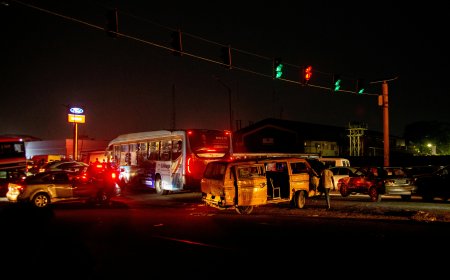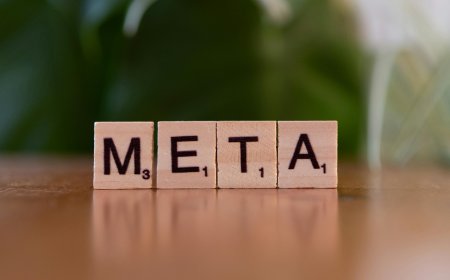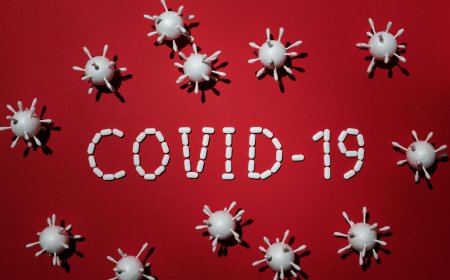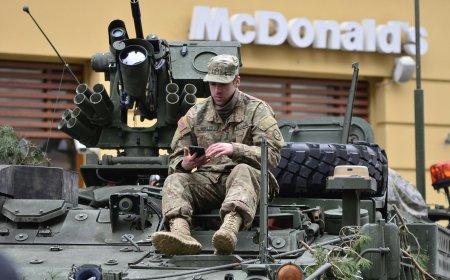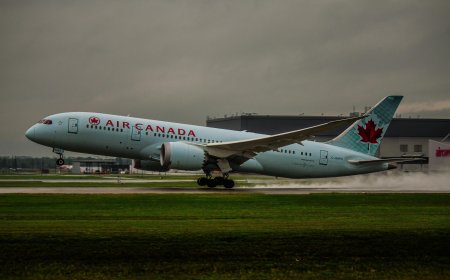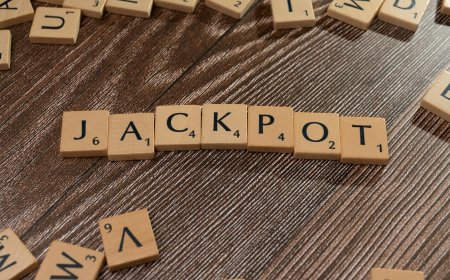Trump Meets Zelenskyy and Europeans: Praise, Security Talks, and New Meetings Ahead
Trump’s meeting with Zelenskyy and European leaders focused on praise, security, and future talks, shaping the path of US-Europe-Ukraine relations.
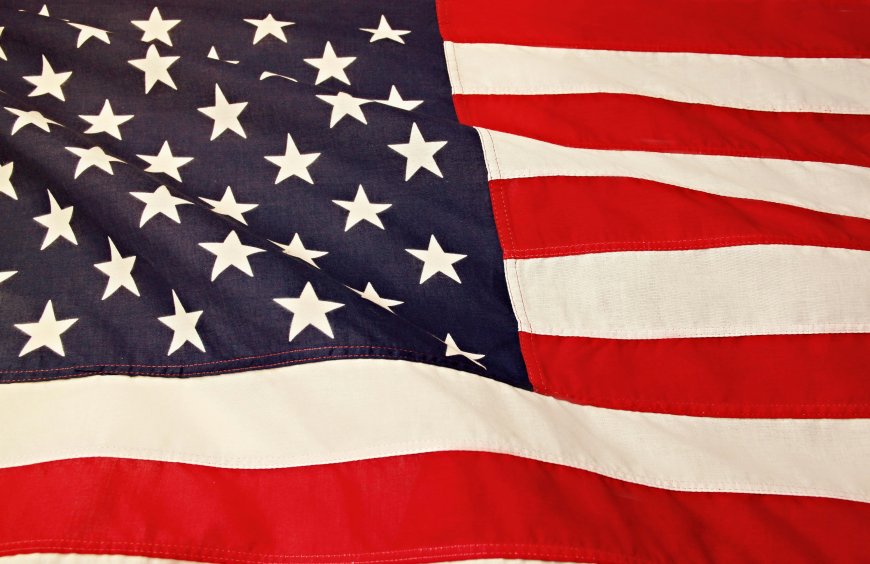
A Meeting That Turned Heads in Washington and Europe
The political spotlight swung sharply this week as former U.S. President Donald Trump met with Ukrainian President Volodymyr Zelenskyy and a coalition of European leaders. What began as a tightly guarded diplomatic engagement quickly expanded into a conversation that blended praise, strategic reassurance, and promises of further dialogue.
For Zelenskyy, still navigating the pressures of war and international diplomacy, the meeting offered both validation and a glimpse into Washington’s shifting political winds. For Trump, it provided an opportunity to project statesmanship, reassuring allies while shaping the contours of his foreign policy profile in the midst of an increasingly polarized American political climate.
Praise in Public, Calculations in Private
Both leaders understood the cameras were rolling. Trump was effusive, describing Zelenskyy as a leader who had “shown courage under extraordinary circumstances.” The warm words struck a chord, particularly among European leaders concerned that Ukraine might be sidelined in the global chess game of great power politics.
But insiders noted that behind the cordial tone, the private discussions were far more calculated. Trump emphasized the need for accountability in the use of U.S. aid, reflecting his longstanding skepticism toward foreign spending. Zelenskyy, in turn, pressed for assurances that American support would not fade, especially as Ukraine braces for another winter under the shadow of Russian aggression.
Security Talks Dominate the Agenda
Security, unsurprisingly, was the backbone of the meeting. Ukrainian officials sought clarity on U.S. commitments—both military aid and broader security guarantees—should Trump return to the White House.
European leaders, particularly from NATO states, raised concerns about strategic consistency. The war in Ukraine has highlighted Europe’s dependence on Washington’s leadership, and Trump’s mixed history with NATO was an unspoken undercurrent throughout the conversation.
Key points of the security talks included:
-
Military Aid: Continued discussions on weapons supply and training programs.
-
Defensive Guarantees: Whether Ukraine might eventually secure a NATO pathway or interim security framework.
-
European Burden-Sharing: Calls for Europe to step up military spending and lessen reliance on Washington.
While no binding agreements were announced, the tone suggested that all parties were preparing for a long-term strategic partnership, albeit one that may look different depending on America’s 2024 election outcome.
European Leaders Walk a Diplomatic Tightrope
For European leaders at the table, the meeting represented a balancing act. Publicly, they welcomed Trump’s willingness to engage directly with Zelenskyy. Privately, there was unease about whether U.S. foreign policy would remain anchored in collective defense or pivot toward a more transactional model.
Some diplomats quietly admitted that they feared a return to the unpredictability of Trump’s first term, when NATO’s relevance was openly questioned. Yet, they also recognized that Trump’s political influence in the U.S. cannot be ignored. For Europe, the choice was not between engagement or distance—it was about how to build channels of influence with all major U.S. players.
The Human Element: Zelenskyy’s Plea
Perhaps the most striking moment came not in the policy details but in Zelenskyy’s emotional appeal. According to attendees, the Ukrainian president spoke about the toll of the war, recounting stories of civilians sheltering in freezing basements and families separated by conflict.
His message was clear: Ukraine’s struggle is not only about borders or geopolitics—it is about survival. The human cost, he reminded the room, should never be reduced to statistics.
Trump reportedly listened intently, nodding at intervals. Observers noted that Zelenskyy’s storytelling brought a rare moment of silence to an otherwise politically charged meeting. It was a reminder that amid the diplomatic calculations, the war remains a deeply human tragedy.
Strategic Signaling to Moscow
While the meeting was framed around cooperation, it also sent an unmistakable signal to Moscow. By appearing alongside European leaders and giving Zelenskyy his public backing, Trump projected unity—even as questions linger about his long-term stance on Russia.
For Moscow, the optics mattered. Any suggestion of wavering Western resolve could embolden further aggression. Instead, the gathering showcased a coalition still willing to put Ukraine at the forefront of its agenda.
What Comes Next: Promises of Future Engagement
The most tangible outcome of the meeting was the commitment to further dialogue. Both Trump and Zelenskyy agreed to keep lines of communication open, with European leaders signaling readiness to host follow-up summits.
Potential next steps include:
-
Expanded Security Talks: Building on discussions of NATO and defense guarantees.
-
Economic Cooperation: Addressing Ukraine’s reconstruction needs in partnership with Western investors.
-
Diplomatic Coordination: Ensuring Europe, the U.S., and Ukraine remain aligned in messaging and strategy.
The very act of scheduling additional meetings was itself a form of reassurance—proof that Ukraine remains firmly on the diplomatic agenda.
The U.S. Political Context
Back in Washington, reactions were predictably split. Trump’s allies praised his willingness to engage Zelenskyy while also demanding fiscal responsibility. Critics, however, warned that Trump’s history of ambivalence toward Ukraine and NATO raised questions about his true intentions.
The political backdrop is impossible to ignore. With U.S. elections looming, every foreign policy move carries domestic implications. Supporters see Trump carving out a pragmatic middle ground: supportive of Ukraine, but insistent that Europe shoulder more of the burden. Opponents see a transactional approach that could leave allies vulnerable.
Why This Meeting Matters for Tier-1 Countries
For audiences in the U.S., UK, Canada, and Australia, the meeting is more than diplomatic theater. It reflects the broader question of how Western democracies confront authoritarian aggression in the 21st century.
-
For the U.S.: It highlights the debate over the scope of American leadership abroad.
-
For the UK and Canada: It underscores the importance of NATO unity and transatlantic ties.
-
For Australia: It serves as a reminder that security challenges in Europe resonate globally, influencing alliances in the Indo-Pacific as well.
The outcomes of these talks ripple far beyond Kyiv or Washington—they shape the very framework of Western security.
Conclusion: A Moment of Cautious Optimism
Trump’s meeting with Zelenskyy and European leaders did not resolve the war, nor did it answer every question about the future of Western support. But it did reaffirm that Ukraine remains central to global diplomacy.
Through praise, security dialogue, and promises of further meetings, the gathering signaled both continuity and change. Continuity in the commitment to Ukraine’s survival; change in how that commitment might be structured if Trump returns to office.
For now, the world is left with cautious optimism—aware of the challenges, but reassured that the conversation continues.
FAQs
1. What was the main focus of Trump’s meeting with Zelenskyy?
The discussions centered on security guarantees, U.S. aid, and ensuring Ukraine remains a priority for Western allies.
2. Did Trump commit to new military aid for Ukraine?
No binding agreements were announced, but Trump expressed support for Ukraine while stressing accountability in aid distribution.
3. How did European leaders respond to the meeting?
They welcomed Trump’s engagement but remain cautious about long-term U.S. policy consistency toward NATO and Ukraine.
4. Why does this meeting matter for countries like the UK, Canada, and Australia?
It reflects the strength of Western alliances and demonstrates how the Ukraine war influences broader global security strategies.
5. What happens next after this meeting?
Both sides agreed to continue dialogue, with expectations of more summits focused on security, economic recovery, and diplomatic coordination.
What's Your Reaction?
 Like
0
Like
0
 Dislike
0
Dislike
0
 Love
0
Love
0
 Funny
0
Funny
0
 Angry
0
Angry
0
 Sad
0
Sad
0
 Wow
0
Wow
0









